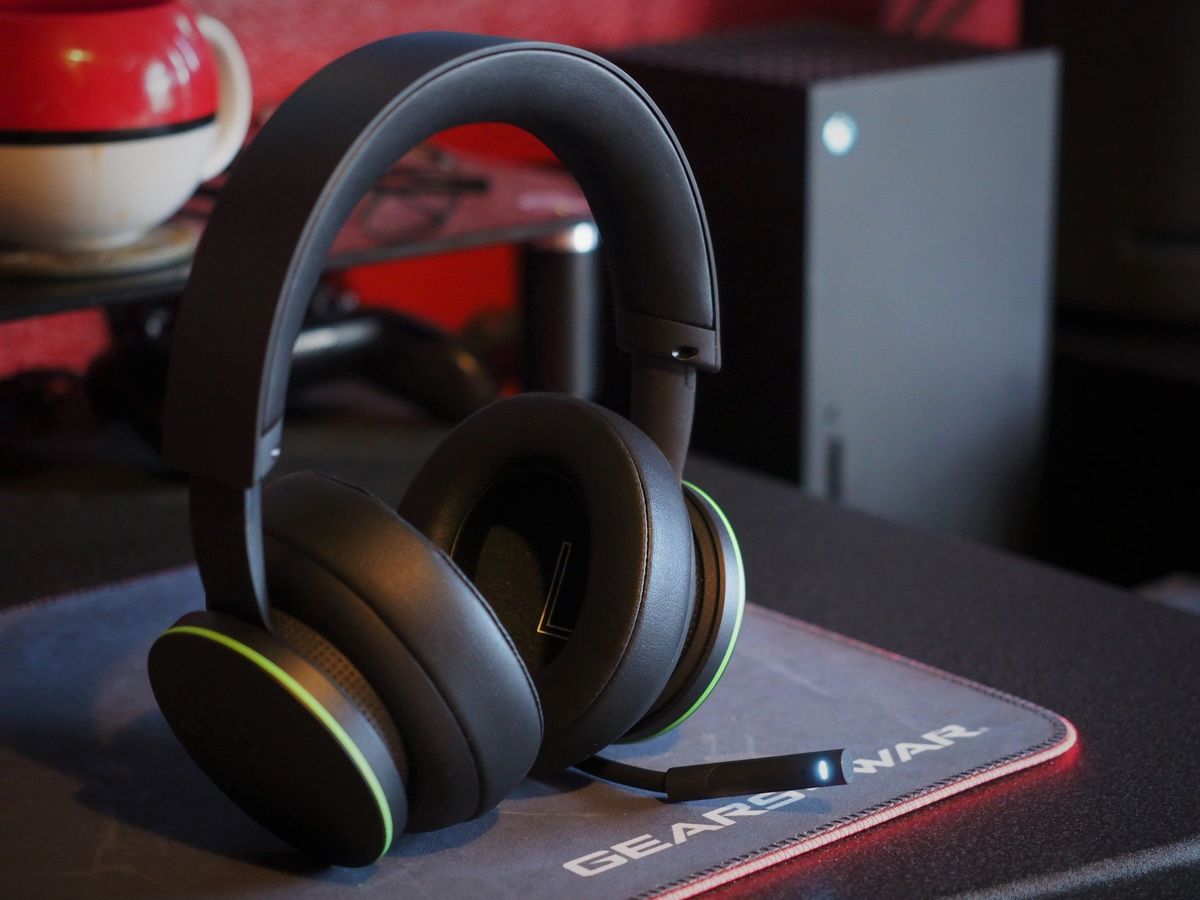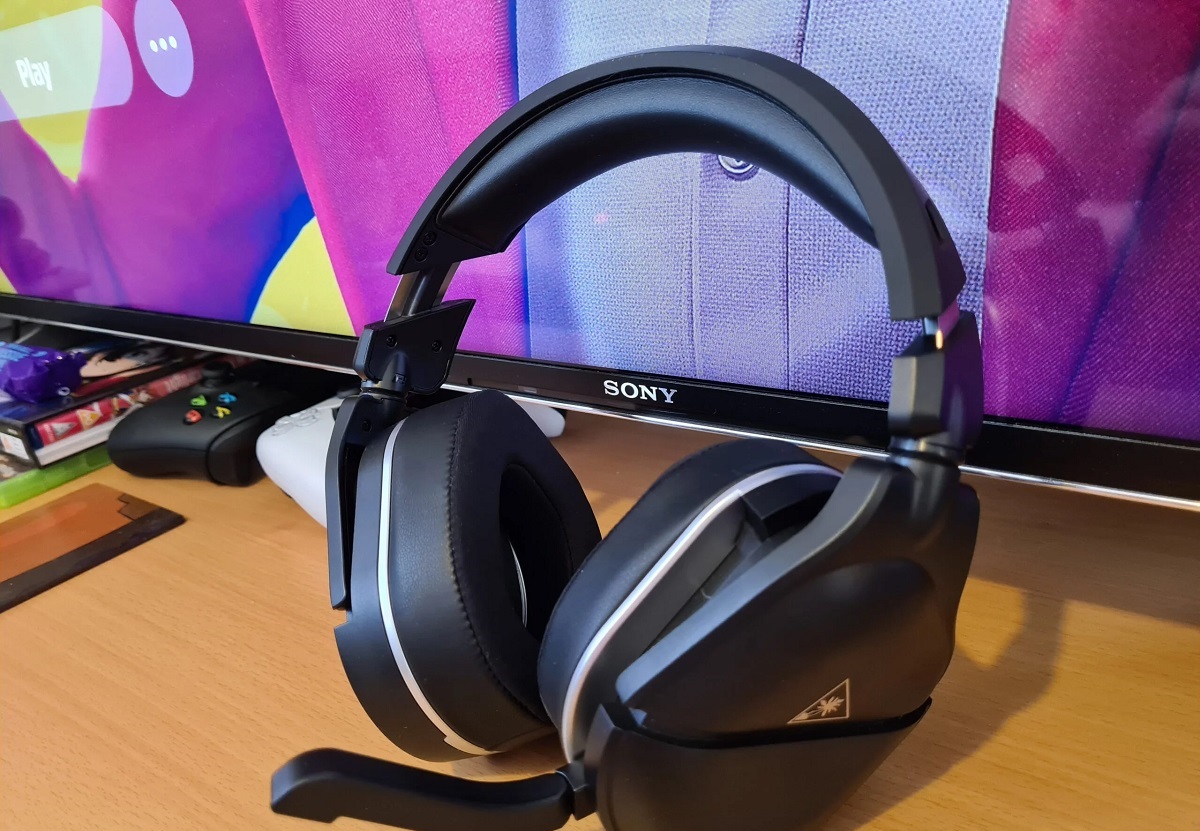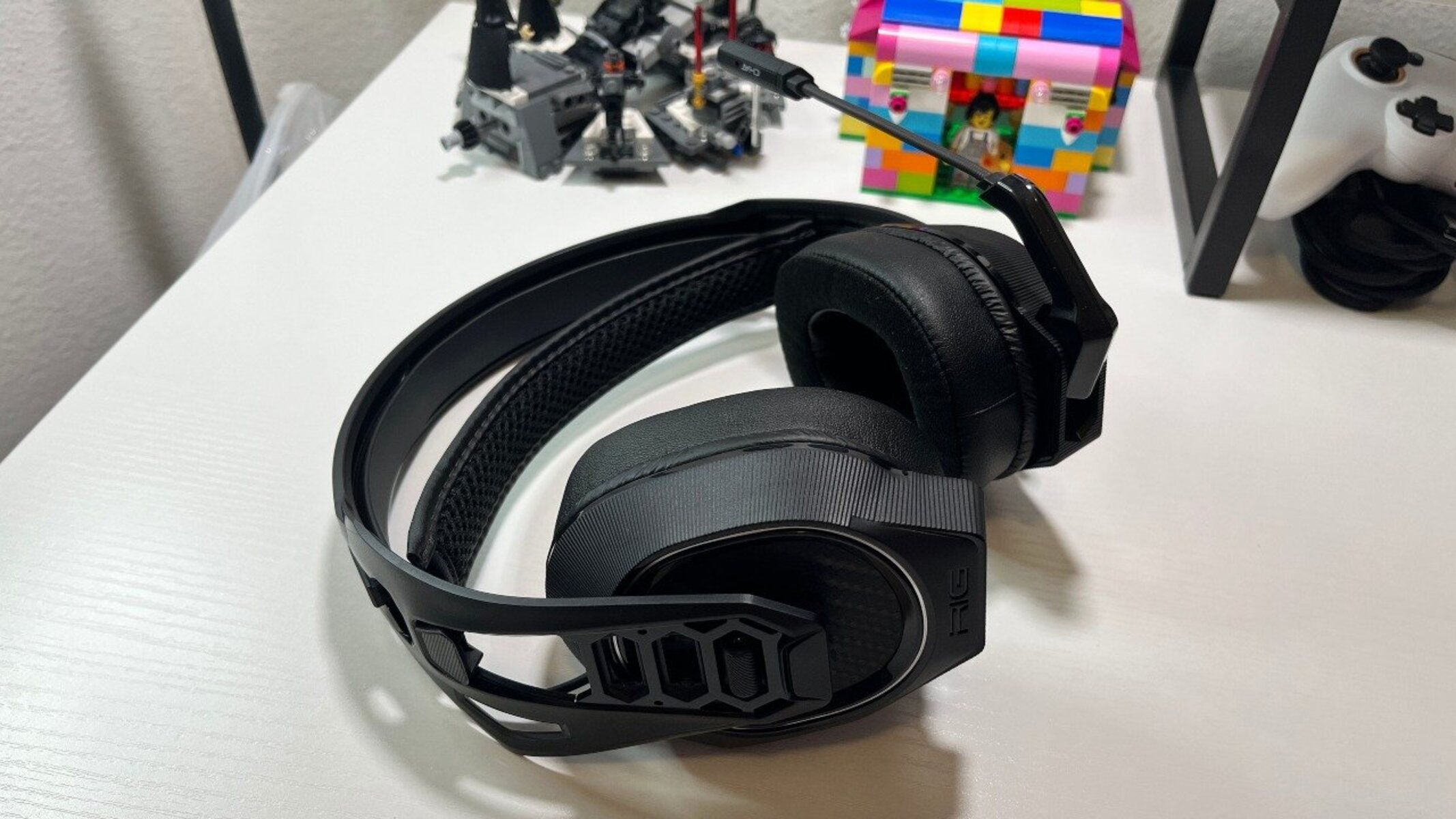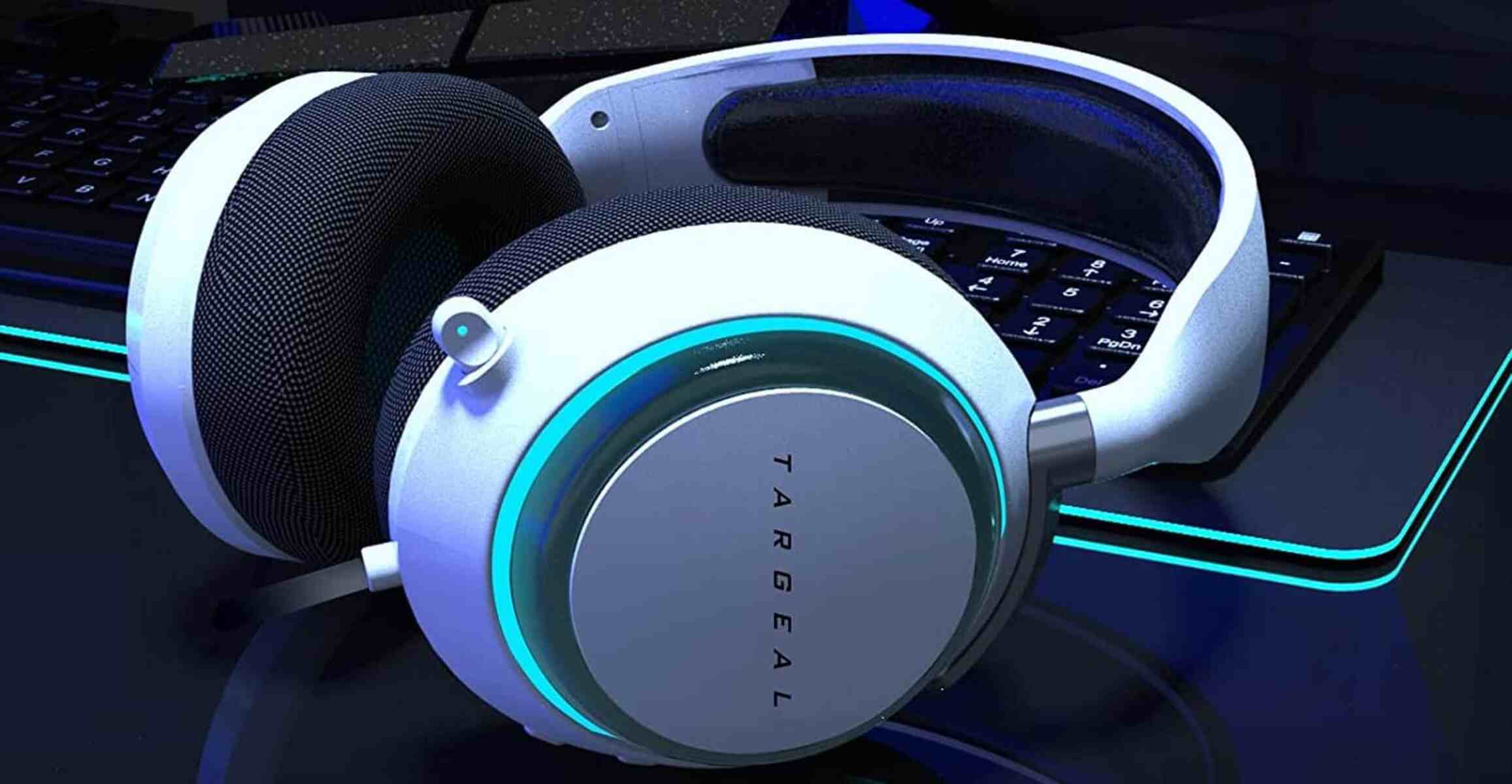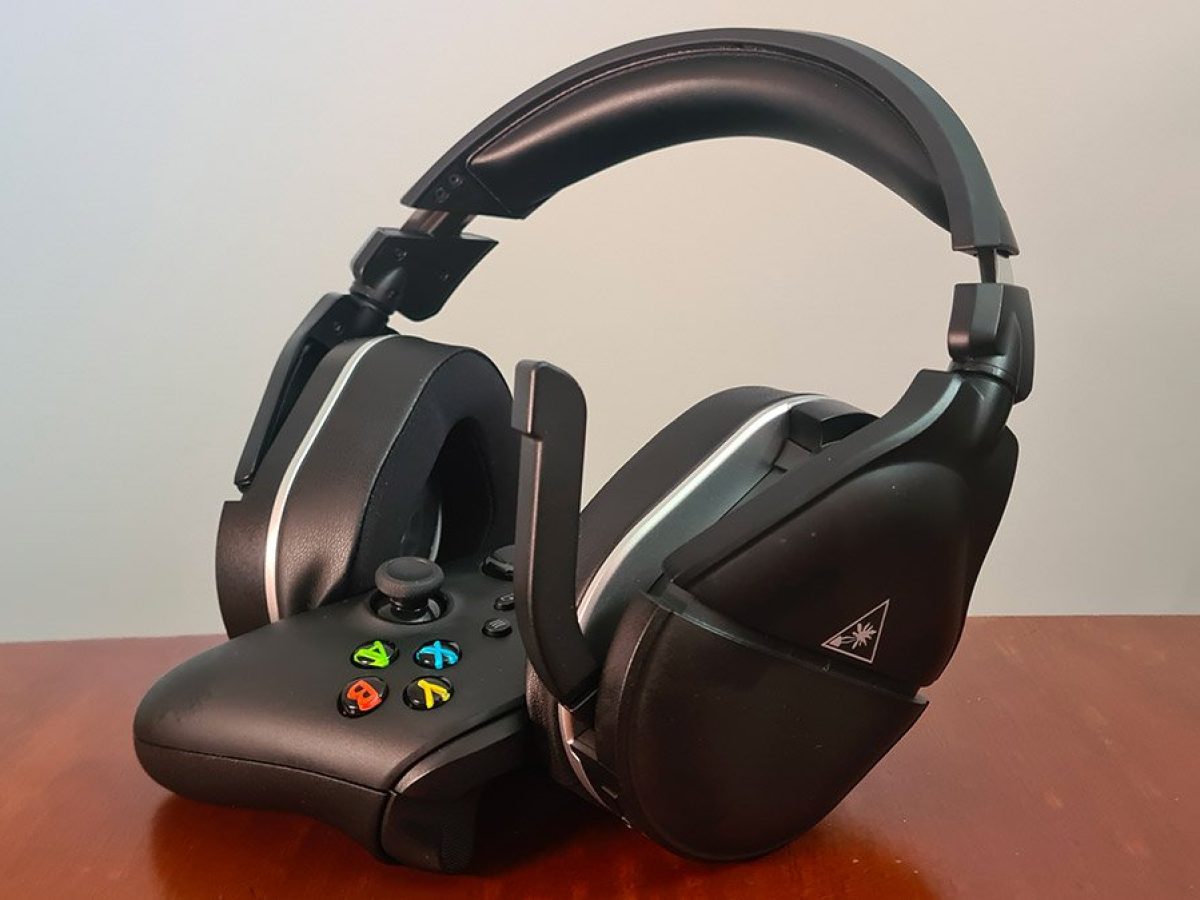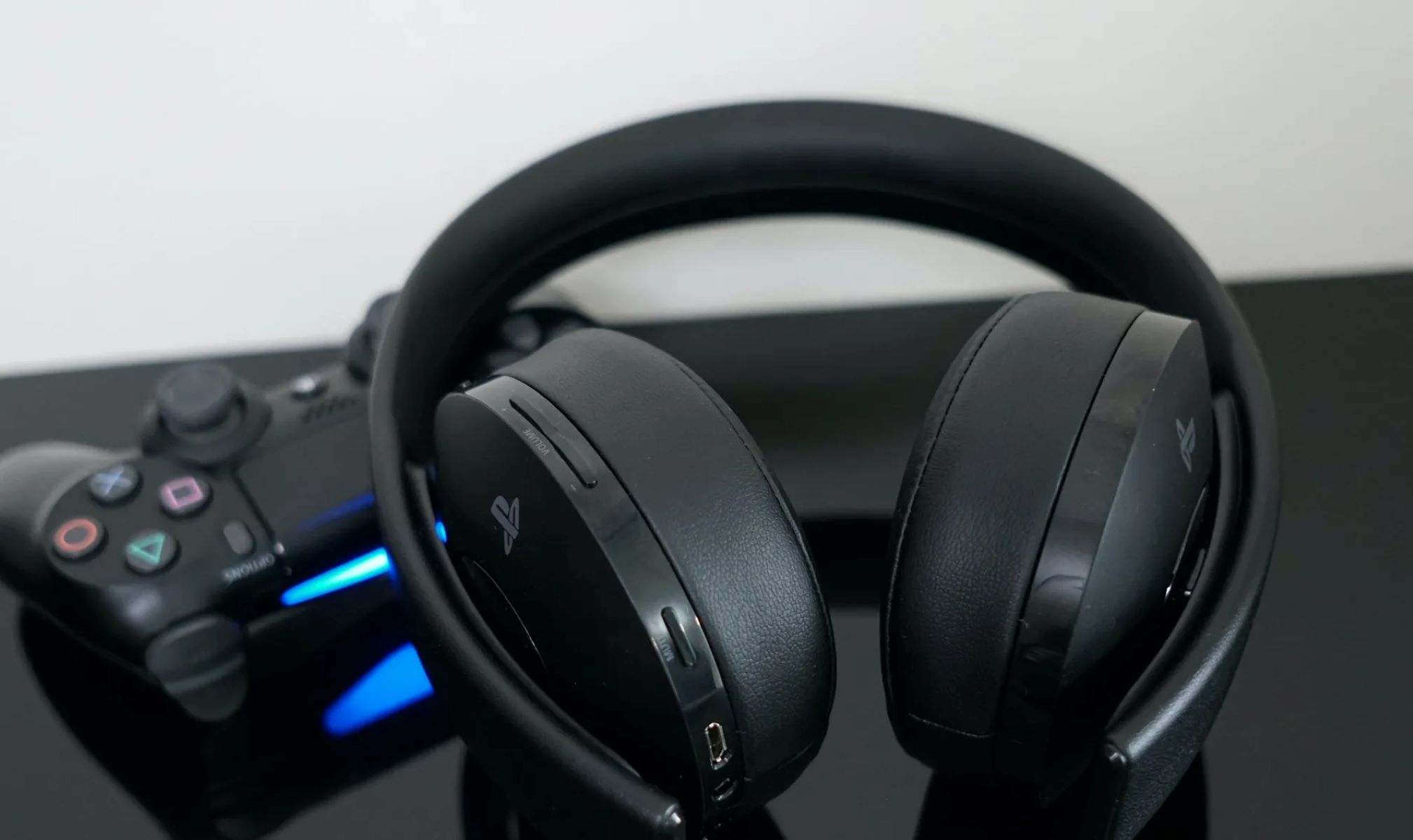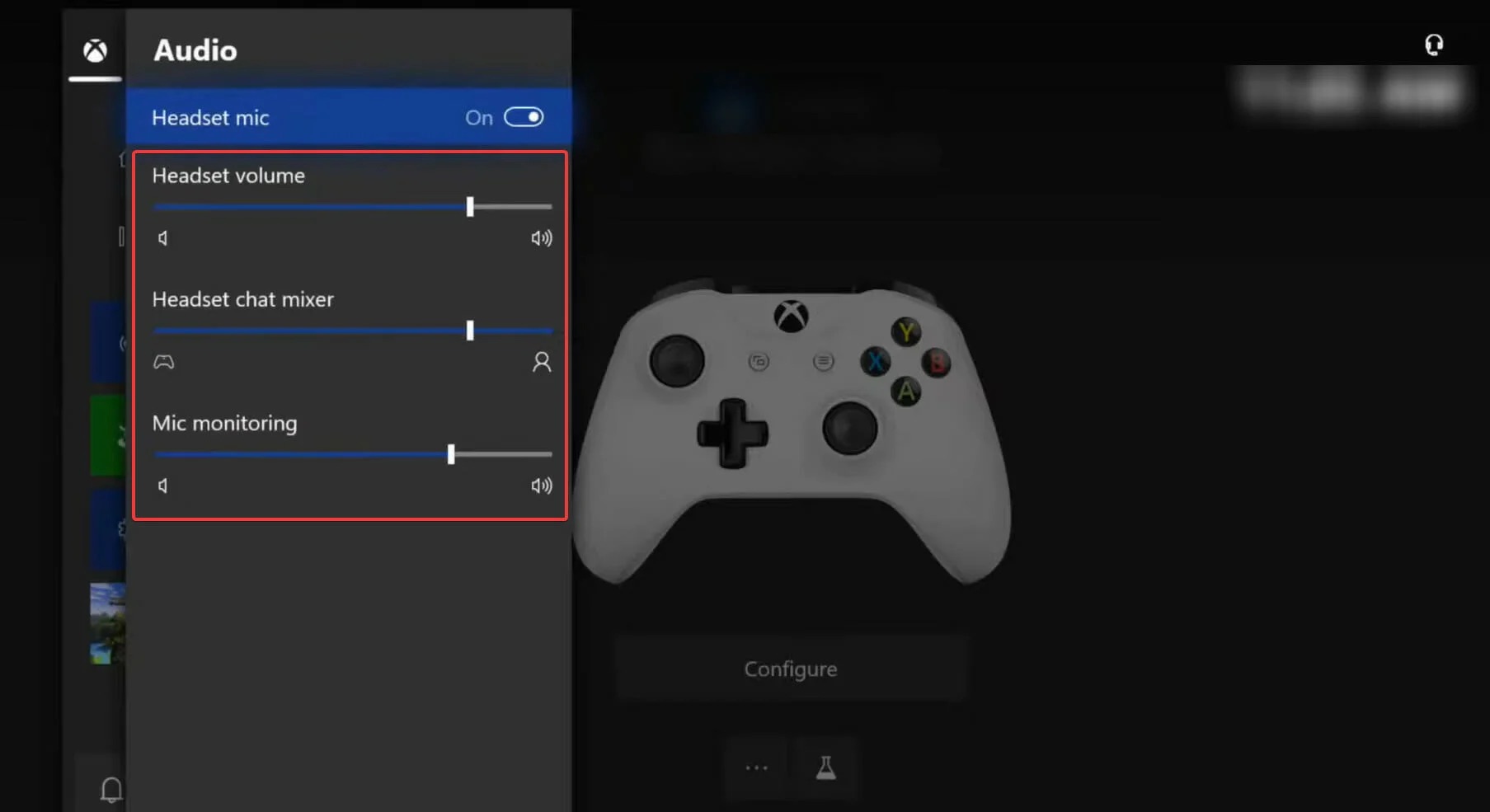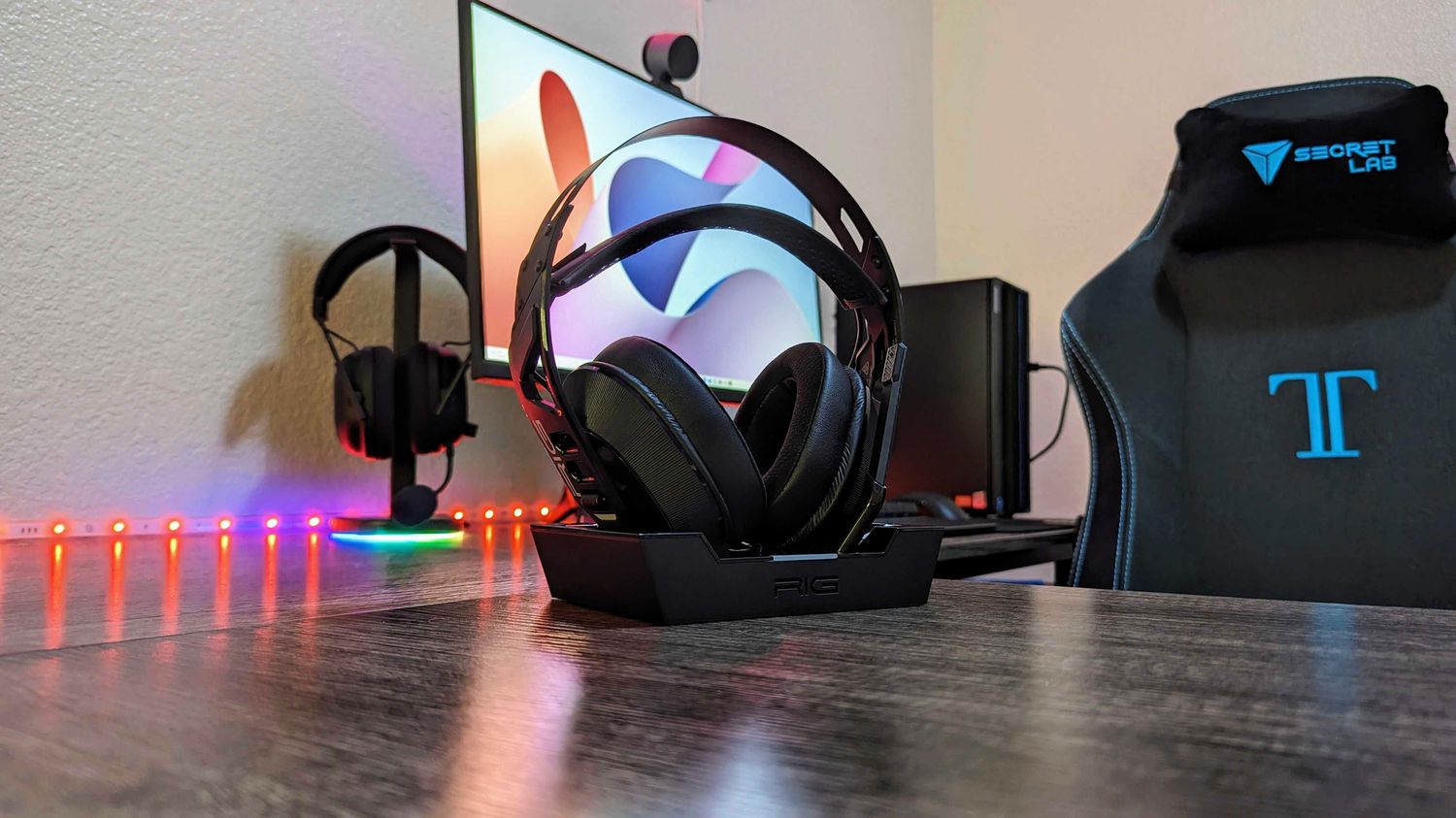Introduction
Xbox gaming headsets have revolutionized the way gamers experience their favorite titles, immersing them in rich audio landscapes and enabling seamless communication with fellow players. However, despite the advanced technology incorporated into these devices, users may encounter frustrating issues such as audio cuts during gameplay. Whether you're in the midst of an intense battle or exploring a captivating virtual world, sudden disruptions in audio can significantly detract from the overall gaming experience.
These audio interruptions can manifest in various forms, including momentary silences, crackling sounds, or complete audio dropouts. The causes of these disruptions are multifaceted, ranging from hardware malfunctions to software-related issues. Fortunately, there are several troubleshooting steps and fixes that can help mitigate and resolve these audio cut problems, allowing gamers to fully immerse themselves in their virtual adventures without unnecessary distractions.
In this comprehensive guide, we will delve into the common issues that lead to Xbox headset audio cuts and provide practical troubleshooting steps and fixes to address these challenges. By following these recommendations, gamers can equip themselves with the knowledge and techniques necessary to overcome audio-related obstacles and elevate their gaming experiences to new heights. Let's embark on this journey to uncover the root causes of Xbox headset audio cuts and explore effective solutions to restore seamless, uninterrupted audio performance.
Common Issues with Xbox Headset Audio Cuts
When it comes to the immersive world of gaming, audio plays a pivotal role in creating a captivating and realistic experience. However, Xbox headset users may encounter frustrating audio cuts that disrupt their gaming sessions. These issues can stem from various underlying causes, impacting the overall audio quality and leading to a less-than-optimal gaming experience. Understanding the common issues behind Xbox headset audio cuts is crucial for effectively troubleshooting and resolving these disruptions. Here are some prevalent issues that users may encounter:
-
Interference and Signal Loss: Wireless Xbox headsets are susceptible to interference from other electronic devices, such as routers, smartphones, and even other wireless peripherals. This interference can disrupt the headset's signal transmission, resulting in audio cuts and intermittent connectivity issues.
-
Hardware Malfunctions: Over time, wear and tear or manufacturing defects can lead to hardware malfunctions in Xbox headsets. This may include faulty wiring, damaged connectors, or internal component issues, all of which can contribute to audio cuts during gameplay.
-
Software and Firmware Incompatibility: In some cases, outdated firmware or incompatible software can cause audio disruptions in Xbox headsets. This can occur when the headset's firmware is not aligned with the Xbox console's software or when there are compatibility issues with specific games or applications.
-
Battery and Power Issues: For wireless headsets, insufficient battery power or inconsistent power delivery can lead to audio cuts. Additionally, poor charging habits or aging batteries can impact the headset's overall performance, resulting in audio interruptions.
-
Environmental Factors: Environmental elements such as electromagnetic interference, extreme temperatures, or physical obstructions can affect the wireless signal transmission of Xbox headsets, leading to audio cuts and connectivity issues.
By identifying these common issues, Xbox headset users can gain valuable insights into the potential causes of audio disruptions. Armed with this knowledge, they can proceed to troubleshoot and implement effective fixes to restore seamless audio performance during gaming sessions.
Troubleshooting Steps
When facing audio cuts with an Xbox headset, it's essential to embark on a systematic troubleshooting process to identify and address the underlying causes. By following these steps, users can effectively diagnose the issues and implement targeted solutions to restore uninterrupted audio performance during gaming sessions.
-
Isolate the Issue: Begin by determining whether the audio cuts are specific to a particular game, application, or across all audio sources on the Xbox console. This initial assessment can provide valuable insights into the scope and potential origins of the audio disruptions.
-
Check for Interference: If using a wireless headset, assess the surrounding environment for potential sources of interference, such as other wireless devices, routers, or electronic equipment. Relocating the Xbox console or minimizing the proximity to such devices can help mitigate interference and improve signal stability.
-
Inspect Hardware Connections: Ensure that all cables and connectors, including those between the headset, Xbox controller, and console, are securely and properly connected. Loose or damaged connections can lead to audio cuts, so thorough inspection and reseating of connections are crucial.
-
Update Firmware and Drivers: Check for available firmware updates for the Xbox headset and ensure that the console's controller firmware is also up to date. Additionally, updating the Xbox console's system software and drivers can address compatibility issues that may contribute to audio disruptions.
-
Adjust Audio Settings: Navigate to the Xbox console's audio settings and review options related to audio output, chat mix, and spatial audio. Making adjustments to these settings, such as prioritizing game audio over chat or vice versa, can help alleviate audio imbalance and potential causes of cuts.
-
Monitor Battery and Power: For wireless headsets, monitor the battery level and charging habits to ensure consistent power supply. If using rechargeable batteries, consider replacing them if they exhibit signs of deterioration, as insufficient power can lead to audio interruptions.
-
Environmental Considerations: Evaluate the gaming environment for potential factors that may impact wireless signal transmission, such as physical obstructions, electromagnetic interference, or extreme temperatures. Creating a conducive and interference-free gaming environment can help mitigate audio disruption.
By systematically addressing these troubleshooting steps, Xbox headset users can gain valuable insights into the root causes of audio cuts and implement targeted fixes to restore seamless audio performance. These proactive measures empower gamers to overcome audio-related challenges and fully immerse themselves in the captivating world of gaming without interruptions.
Fix 1: Check the Connection
A fundamental step in addressing audio cuts with an Xbox headset is to meticulously inspect and ensure the integrity of all connections involved in the audio setup. This encompasses examining the physical connections between the headset, Xbox controller, and console, as well as evaluating the wireless signal transmission for potential disruptions. By methodically assessing the connection points, users can identify and rectify any issues that may contribute to audio interruptions during gaming sessions.
Wired Headsets:
For wired headsets, the first task is to examine the cables and connectors for any signs of damage, wear, or improper seating. Begin by inspecting the audio cable connecting the headset to the Xbox controller, ensuring that it is securely plugged into the controller's audio jack. Additionally, check for any fraying or kinks in the cable that may compromise the audio signal transmission. Proceed to trace the cable to its connection point at the headset, verifying that it is firmly inserted and free from any damage that could impede audio flow.
Wireless Headsets:
Wireless headsets necessitate a different approach, focusing on the integrity of the wireless signal transmission. Begin by ensuring that the headset is within the recommended range of the Xbox console to maintain a stable connection. Assess the proximity of potential sources of interference, such as routers, smartphones, or other wireless devices, and consider relocating the console or minimizing interference sources to optimize signal stability. Additionally, inspect the headset's wireless receiver or base station for any physical obstructions or interference that may hinder the signal transmission.
Controller and Console:
In tandem with headset connections, it is crucial to examine the Xbox controller and console for any potential issues that may impact audio transmission. Verify that the controller's audio jack is free from debris or foreign objects that could impede the connection with the headset. Similarly, inspect the console's USB ports, if applicable, for any damage or obstructions that may affect wired headset connections.
By meticulously checking the connection points and wireless signal transmission, Xbox headset users can proactively identify and address potential causes of audio cuts. This systematic approach empowers users to establish a robust and reliable audio setup, ensuring uninterrupted audio performance during intense gaming sessions.
Fix 2: Update Firmware and Drivers
Keeping the firmware and drivers of Xbox headsets and associated devices up to date is paramount in ensuring optimal performance and compatibility. Outdated firmware and drivers can often lead to audio-related issues, including intermittent audio cuts and connectivity disruptions. By proactively updating the firmware of the headset and the drivers of the Xbox controller and console, users can address potential compatibility issues and enhance the overall stability of the audio setup.
Updating Headset Firmware:
Most modern Xbox headsets are equipped with firmware that governs their operation and compatibility with the Xbox console. Manufacturers periodically release firmware updates to address performance enhancements, bug fixes, and compatibility improvements. To initiate the firmware update process, users can refer to the manufacturer's official website or dedicated software applications designed for managing headset firmware. By following the provided instructions, users can download and install the latest firmware updates, ensuring that the headset is equipped with the most current software to mitigate audio disruptions.
Updating Controller and Console Drivers:
In addition to headset firmware, the Xbox controller and console rely on up-to-date drivers to maintain seamless communication with peripherals, including wireless headsets. Users can navigate to the system settings on the Xbox console and check for available updates for the controller and system software. By installing the latest driver updates, users can address potential compatibility issues and ensure that the controller and console are optimized for reliable audio transmission. Furthermore, updating the Xbox console's system software can address underlying software-related issues that may contribute to audio cuts during gameplay.
Benefits of Firmware and Driver Updates:
Updating the firmware of Xbox headsets and the drivers of associated devices offers several benefits that directly impact audio performance. These benefits include improved compatibility with the Xbox console's software, enhanced stability of wireless communication, and the resolution of known audio-related issues. By staying proactive in updating firmware and drivers, users can optimize the functionality of their audio setup and minimize the occurrence of audio disruptions, ultimately elevating the gaming experience to new levels of audio immersion and reliability.
By prioritizing the regular updating of firmware for Xbox headsets and drivers for associated devices, users can effectively mitigate potential causes of audio cuts and ensure a seamless and uninterrupted audio experience during gaming sessions. This proactive approach empowers users to harness the full potential of their Xbox headsets, immersing themselves in rich and captivating audio landscapes without the distraction of audio-related interruptions.
Fix 3: Adjust Audio Settings
Fine-tuning the audio settings on the Xbox console can play a pivotal role in addressing audio cuts and enhancing the overall audio experience. By navigating through the console's audio settings, users can exert precise control over various audio parameters, addressing potential imbalances and mitigating factors that contribute to audio disruptions during gaming sessions.
Audio Output and Chat Mix
One of the key settings to consider is the audio output and chat mix configuration. Users can adjust the balance between game audio and chat audio, ensuring that neither aspect overpowers the other. This adjustment is particularly crucial for multiplayer gaming, where clear communication is essential while maintaining an immersive audio experience. By fine-tuning the chat mix, users can optimize the audio balance to suit their preferences, reducing the likelihood of audio cuts resulting from imbalanced audio levels.
Spatial Audio and Surround Sound
The Xbox console offers spatial audio and surround sound options, providing an immersive audio environment for gaming. However, improper configuration of these settings can lead to audio irregularities, including intermittent cuts and imprecise spatial positioning of audio cues. Users can explore the spatial audio settings to ensure that the headset's capabilities align with the console's output, optimizing the spatial audio experience without compromising stability.
Headset-Specific Settings
Certain Xbox headsets offer additional settings and customization options through dedicated companion apps or device-specific configurations. Users should explore these options to fine-tune audio parameters, such as equalizer settings, mic monitoring, and noise cancellation features. By tailoring these settings to suit individual preferences and gaming environments, users can optimize the headset's audio performance, reducing the likelihood of disruptions and enhancing the overall audio fidelity.
Chat and Party Audio Settings
For users engaged in multiplayer gaming and party chat sessions, adjusting the party audio settings can contribute to a more stable and balanced audio experience. Users can review and modify party audio settings, including chat mix, voice volume, and mic monitoring levels, to ensure clear and consistent communication without sacrificing audio stability. By optimizing these settings, users can mitigate potential causes of audio cuts related to chat and party audio dynamics.
By navigating through the Xbox console's audio settings and leveraging the available customization options, users can proactively address potential factors contributing to audio cuts and disruptions. Fine-tuning the audio settings empowers users to create a stable and immersive audio environment, enhancing the overall gaming experience without the distraction of audio-related interruptions.
Fix 4: Replace or Repair the Headset
In some cases, persistent audio cuts and disruptions with an Xbox headset may indicate underlying hardware issues that necessitate either repair or replacement. When all troubleshooting steps and software-related fixes fail to mitigate the audio interruptions, users may need to consider the condition of their headset's hardware components and explore options for rectifying potential malfunctions.
Assessing Hardware Integrity
Before proceeding with a repair or replacement decision, it is crucial to conduct a comprehensive assessment of the headset's hardware integrity. This assessment involves examining the physical condition of the headset, including the ear cups, headband, audio cables, and any associated accessories. Users should inspect for signs of wear, damage, or structural issues that may compromise the headset's functionality and contribute to audio disruptions.
Repair Considerations
If the assessment reveals isolated hardware issues, such as a frayed audio cable, loose connections, or minor component malfunctions, users may explore the option of repairing the headset. This may involve seeking professional repair services from authorized technicians or leveraging DIY repair kits and resources provided by the headset's manufacturer. Repairing specific hardware components, such as replacing damaged cables or addressing loose connections, can potentially resolve the underlying issues causing audio cuts.
Replacement Considerations
In scenarios where the headset exhibits widespread hardware malfunctions, irreparable damage, or persistent audio disruptions despite troubleshooting and repair attempts, users may opt for headset replacement. This entails selecting a new Xbox-compatible headset that aligns with their audio preferences, gaming requirements, and budget considerations. When choosing a replacement headset, users should prioritize features such as audio quality, comfort, wireless connectivity, and compatibility with the Xbox console to ensure a seamless transition and an enhanced audio experience.
Manufacturer Support and Warranty
Users encountering persistent audio cuts and hardware-related issues with their Xbox headsets should leverage manufacturer support and warranty coverage where applicable. Contacting the headset's manufacturer for technical assistance, warranty inquiries, or repair services can provide valuable guidance and potential solutions for addressing hardware-related audio disruptions. Manufacturers' warranty policies may cover hardware defects and malfunctions, offering users the opportunity to seek repair or replacement options within the specified warranty period.
By carefully assessing the headset's hardware integrity, considering repair or replacement options, and leveraging manufacturer support and warranty coverage, users can address persistent audio cuts and hardware-related issues with their Xbox headsets. This proactive approach ensures that users can restore uninterrupted audio performance and fully immerse themselves in the captivating audio landscapes of their favorite games without the distraction of hardware-related disruptions.
Conclusion
In the world of gaming, audio plays a pivotal role in shaping immersive and captivating experiences. For Xbox headset users, encountering audio cuts and disruptions during gameplay can be a frustrating obstacle that detracts from the overall enjoyment of their favorite titles. Throughout this comprehensive guide, we have explored the common issues that lead to Xbox headset audio cuts and provided practical troubleshooting steps and fixes to address these challenges.
By delving into the intricacies of troubleshooting, we have equipped users with a systematic approach to isolate and address potential causes of audio disruptions. From checking connections and updating firmware to fine-tuning audio settings and considering repair or replacement options, users have gained valuable insights and actionable steps to restore seamless audio performance during gaming sessions.
The journey of troubleshooting Xbox headset audio cuts has empowered users to proactively address hardware and software-related issues, optimize audio settings, and consider the integrity of their headsets. By embracing these proactive measures, users can overcome audio-related challenges and immerse themselves in rich, uninterrupted audio landscapes, elevating their gaming experiences to new heights.
Ultimately, the pursuit of a seamless and uninterrupted audio experience is rooted in the proactive identification and resolution of potential causes of audio cuts. With a blend of technical know-how, systematic troubleshooting, and a keen understanding of hardware and software dynamics, users can cultivate a gaming environment that fosters audio immersion without the distraction of audio disruptions.
As users navigate the dynamic world of gaming, armed with the knowledge and techniques gleaned from this guide, they can embark on their virtual adventures with confidence, knowing that they have the tools to address and mitigate potential audio-related challenges. By harnessing the power of troubleshooting and proactive maintenance, users can unlock the full potential of their Xbox headsets, embracing a world of uninterrupted audio excellence as they delve into the captivating realms of their favorite games.









